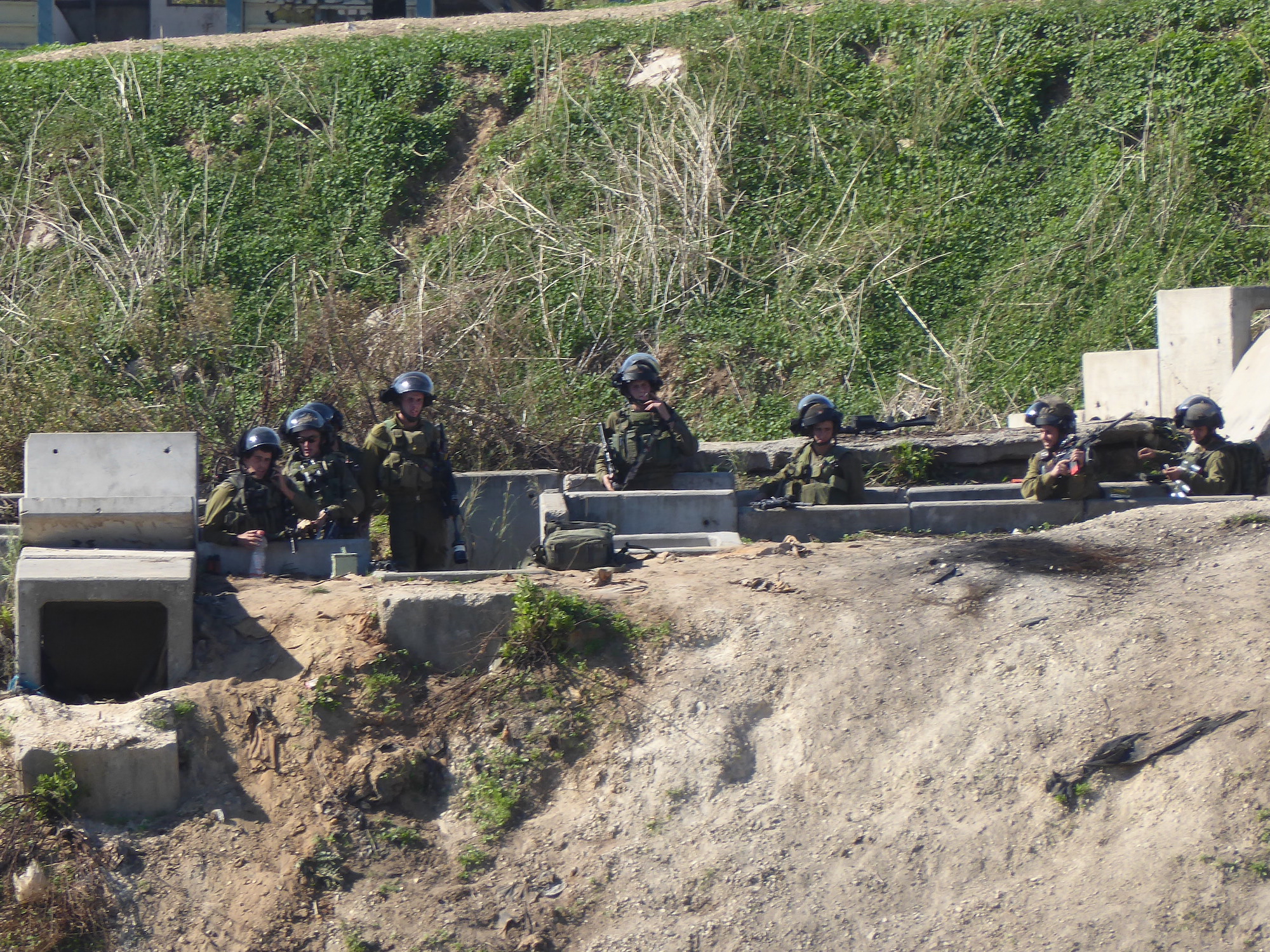-
In Tulkarem, students afraid to go to university after two months of violence
December 2nd, 2015 | International Solidarity Movement with Meta Peace Team, Tulkarem team | Tulkarem, occupied Palestine Palestine Tech University (PTU) in Tulkarem has now been closed for two days, for unknown reasons. The school has been witnessing many clashes between the students and the Israeli forces since the beginning of October. Dozens of young people […]
-
Home of Raghib Elawi demolished in Nablus, damaging surroundings severely
December 3rd, 2015 | International Solidarity Movement, Huwwara team | Nablus, occupied Palestine Wednesday night, at 1 am, Israeli forces came to the neighborhood of Dahia, in Nablus, to demolish the house of the family of Raghib Elawi, who was accused of participating in the Itamar killings a month ago. Local witnesses say that around […]
-
Increasing collective punishment in occupied al-Khalil (Hebron)
3rd of December 2015 | International Solidarity Movement, al-Khalil team | Hebron, occupied Palestine Israeli forces closed the al-Hareka neighbourhood putting up new roadblocks and completely closing off a whole neighbourhood in occupied al-Khalil (Hebron). The neighbourhood’s access to the main street has been blocked off with an iron gate for a long time already. Recently, […]
Action Alert An Nabi Saleh Apartheid Wall Arrests BDS Bethlehem Bil'in Cast Lead Demonstration Denial of Entry Ethnic Cleansing Farmers Gaza Global Actions Hebron House Demolition International law Israeli Army Jerusalem Live Ammunition Nablus Ni'lin Prisoner Ramallah Rubber-coated steel bullets Settlement Settlers Settler violence Tear-Gas Canister Video



